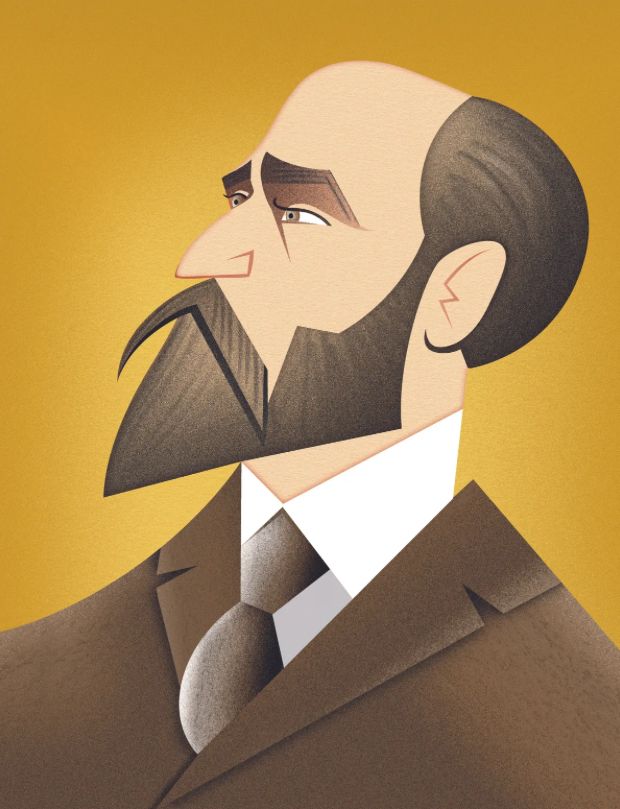
Brilliant Contrasts – Romance and Wit, with a glass of Summer Rosé
Syddansk Musikkonservatorium, Esbjerg. Saturday 23rd August 2025 at 4 pm
SINGLE TICKETS All-inclusive Festival Ticket KR. 700,-
Johannes Brahms: String Quintet No. 1 in F Major, Op. 88
George Enescu: Impromptu Concertante in G flat Major for Violin and Piano
Jean Françaix: Trio for Oboe, Bassoon, and Piano
Ernest Chausson: Piano Quartet in A Major, Op. 30
Brilliant Contrasts – Brahms, Françaix, and Chausson. A Colourful Tapestry of Romance and Wit
This programme brings together three distinctive voices from the Romantic and early modern eras, each offering a unique perspective on form, texture, and musical expression. Brahms’s String Quintet blends structural mastery with lyrical depth, while Françaix’s Trio revels in wit, agility, and brilliant instrumental interplay. Chausson’s Piano Quartet, rich in harmonic color and expressive nuance, bridges Romantic passion with the emerging sophistication of French fin-de-siècle music. Together, these works create a vibrant tapestry of contrasts, celebrating both tradition and innovation in the intimate setting of chamber music.
Johannes Brahms: String Quintet No. 1 in F Major, Op. 88
Johannes Brahms composed his String Quintet No. 1 in the summer of 1882 during a stay in the idyllic town of Bad Ischl, a place he often sought for creative inspiration. Adding an extra viola to the traditional string quartet, Brahms achieved a rich, sonorous texture that gives the quintet its characteristic warmth and depth. Op. 88 stands out for its integration of lyrical beauty and formal innovation: the second movement, for instance, ingeniously blends elements of a grave slow section, a lively scherzo, and a tender trio, all within a single movement. Brahms himself considered this quintet one of his finest works, combining the intellectual rigor of his late style with a newly relaxed melodic freedom, and a radiance that sets it apart from his darker, more turbulent earlier chamber music. The work was first performed publicly on December 29, 1882, in Frankfurt am Main, and published the following year by N. Simrock. Brahms also arranged the quintet for piano four hands, expanding its reach to a broader audience. The autograph manuscript of the quintet is preserved by the Brahms Society in Baden-Baden.
George Enescu: Impromptu Concertante in G flat Major for Violin and Piano
Enescu’s education under Massenet and Fauré in Paris, combined with his Romanian heritage and early exposure to Viennese traditions, informed his compositional style. The Impromptu Concertant exemplifies this synthesis, blending French elegance, German structural rigor, and Romanian melodic sensibilities. Although not as widely known as his larger works, this piece offers insight into Enescu’s early development and the diverse influences that shaped his musical language.
Jean Françaix: Trio for Oboe, Bassoon, and Piano
Françaix’s Trio for Oboe, Bassoon, and Piano (1994) epitomizes his gift for sparkling, urbane chamber music. The opening Allegro vivo is crisp and witty, full of brisk exchanges and unexpected harmonic turns. In the Scherzando, Françaix delights in sharp rhythmic play and breezy syncopations, bringing a sense of refined mischief to the music. The Adagio reveals a deeper, more lyrical core, offering long, flowing lines that contrast poignantly with the surrounding lightness. The final Allegro assai races forward with infectious vitality, culminating in a tour de force of dazzling precision and buoyant energy. Throughout the trio, Françaix combines impeccable craftsmanship with a playful spirit, allowing each instrument to shine while celebrating the sheer joy of ensemble dialogue.
Ernest Chausson: Piano Quartet in A Major, Op. 30
Composed between 1897 and 1899, Chausson’s Piano Quartet in A Major emerged during the final, most mature phase of his career — a period tragically cut short by his untimely death in 1899. Deeply influenced by both César Franck’s cyclic structures and the sensual harmonies of French Impressionism, Chausson crafted in this quartet a work of rich emotional breadth and radiant color. The music weaves together luminous textures, lyrical passion, and an underlying melancholy, typical of Chausson’s introspective style. Though less frequently performed than the quartets of his contemporaries, Op. 30 stands as a masterful synthesis of French lyricism and architectural complexity, marking Chausson as one of the most poignant voices of fin-de-siècle French music.
Brilliant Contrasts
Johannes Brahms: String Quintet No. 1 in F Major, Op. 88
I. Allegro non troppo, ma con brio
II. Grave ed appassionato – Allegretto vivace
III. Allegro energico
George Enescu: Impromptu Concertante in G flat Major for Violin and Piano
Jean Françaix: Trio for Oboe, Bassoon, and Piano
Ernest Chausson: Piano Quartet in A Major, Op. 30
I. Animé
II. Très calme
III. Simple et sans hâte
IV. Animé
Christian Ihle Hadland – piano, Maria Wloszczowska, Pablo Hernán Benedí, Tim Crawford – violin,
Michel Camille, Hélène Clément – viola, Pau Codina, Eddie Pogossian – cello, David Daniel Dinu – oboe, Antti Salovaara – bassoon